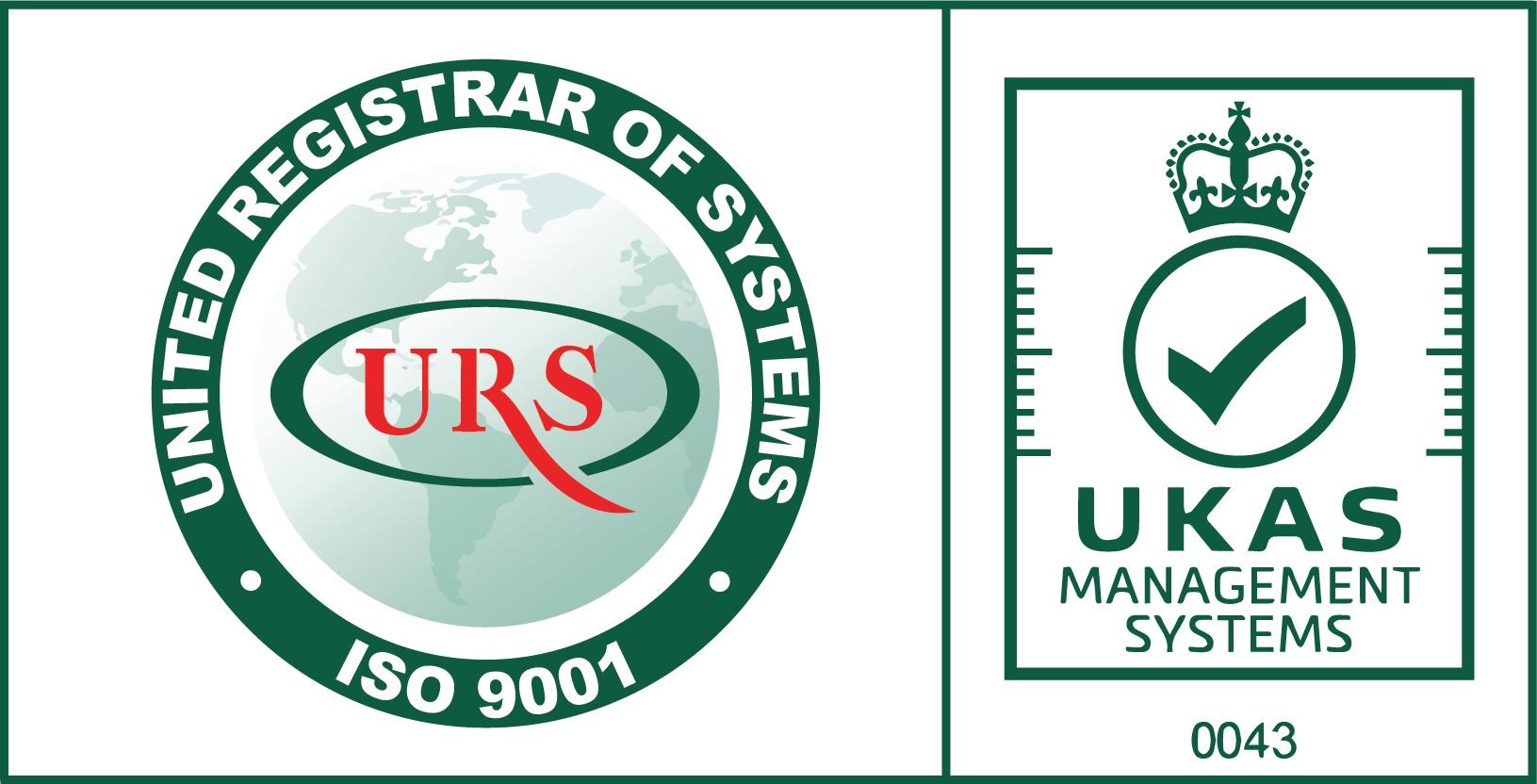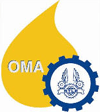|
Wear Metal Debris Analysis , Wear Condition
| Short Name |
Test Description |
Test Method |
| RDE |
RDE Fine Wear Metal Elements
- 18 wear metal elements:
Iron, Chromium, Lead, Copper, Tin, Aluminum, Nickel, Silver,Molybdenum, Titanium, Zinc, Sodium, Silicon, Boron, Magnesium, Calcium, Barium and Phosphorous
- Wear size detection range is approx within 8 micron.
- Results in PPM (part per million)
|
AES -RDE
FL- D-6595 |
| RFS |
RFS Course Wear Metal Elements
- 11 wear metal elements:
Iron, Chromium, Lead, Copper, Tin, Aluminium, Nickel, Silver, Molybdenum, Titanium and Silicon
- Wear size detection range is approx 8 micron up to 150 micron.
- Results in PPM (part per million)
|
AES-RFS
FL-02-06 |
| Double Wearcheck™ |
Click for more detail...
 |
|
| Ferrogram |
Ferrographic Analysis
- Wear and contaminants analysis technique that examine ferrous, nonferrous contaminant particles by microscope to analysis quantity, size, shape texture, morphology, wear mode and mechanism.
- Results in identification wear debris type,size range and wear/contaminant concentration rating with image.
- More detail ...
- Example of Ferrographic Analysis Report
|
FL-05-06
(In-house method)
 |
|
Fluid Properties, Fluid or Oil Condition
| Short Name |
Test Description |
Test Method |
| FTIR |
FTIR Spectroscopy
- Fourier Tranform Infra-Red Spectroscopy
- Measure oil degradation and oil contamination by FTIR Spectroscopy
- Oil Degradation : Oxidation, Nitration
- Oil Contamination : Water, glycol, soot for SAE engine oils and SAE gear oils ONLY
- FTIR Spectroscopy has Limited or not available for some synthetic fluid.
Results in abs/mm and % concentration
|
FTIR
Spectroscopy
FL-03-06 |
| Vis 40 |
Viscosity , Kinematic @ 40 °c
|
FL- D-445 |
| Vis 100 |
Viscosity , Kinematic @ 100 °c
|
FL- D-445 |
| VI |
Viscosity Index
- Results in calculating Viscoity Index Number
|
FL- D-2270 |
| TAN |
TAN ( Total Acid Number )
- TAN is a measure of total acid concentration present in the lubricant.
- Results in mg/KOH/g.
|
FL- D-974 |
| TBN |
TBN ( Total Base Number )
- TBN is a measure of alkalinity remaining in the lubricant.
- Results in mg/KOH/g.
|
FL- D-4739 |
| Flash Point |
Flash Point
|
FL- D-3828 |
| RULER™ |
RUL or RULER™
- Test to determine the Remaining Useful Life (RUL) of lubricant.
- By measure Antioxidant Additives (AO) ratio remaining in lubricant by Voltammetric analysis.
- Results in % remaining of Antioxidant Additives in the lubricant.
- Application: Gas & Steam Turbine Oils, Hydraulic Oils, Aircraft Jet, Engine Oils etc.
- RULER™ or Voltammetry is one of the tests to measure remaining life of Mineral oils for Gas and Steam Turbine Oils according to ASTM D-4378-03.
- More detail ...
|
FL- D-6971
 |
|
Contamination
| Short Name |
Test Description |
Test Method |
| Particle Count |
Particle Count or Fluid Cleanliness Test
- Measure fluid cleanliness level . By counting number of particles of each size range and determine class level .
|
NAS 1638
and
ISO 4406 |
Water by
crackle |
Water by Crackle
|
 |
| |
|
- Screening test to detect and roughly quantify water and moisture for further accuracy test such as by ditillation, KF Co distillation.
| FL-01-06
(In-house method) |
| Water by FTIR |
| Water by FTIR Spectroscopy |
 |
| |
|
- Detect water in engine oils and/or SAE Viscosity Oil.
| FTIR Spectroscopy
FL-03-06 |
Water by
Distillation |
Water by Distillation
|
 |
| |
|
| FL- D-95 |
Water by
KF Co |
Water by Karl Fisher
Co-distillation
|
 |
| |
|
|
FL- D-6304 |
| Fuel |
Fuel Dilution
- Measure fuel dilution or fuel contamination in Used (In-service) diesel enine oils by SAW (surface acoustic wave technology)
- Results in % fuel
|
SAW
(Surface Acoustic Wave)
FL-04-06 |
| Gravimetric |
Gravimetric Analysis
- Measure and indicate amount of insoluble contaminants, particulate and inorganic matter which is reatained on membrane filter disk. This method will be included microscope examination.
- Results report indicate insoluble contaminant and debris found with image.
- More detail ...
- Example of Gravimetric Analysis Report
|
Mod. ASTM D-4898
 |
| VsPI™ |
VsPI™ (Varnish and Sludge Potential Index)
- Test to predict varnish and sludge condition & status and varnish and sludge build-up in lubricant system.
- Results in VsPI™ rating unit.
- Application: Gas & Steam Turbine Oils, Hydraulic Oils.
- More detail ...
|
FL-06-06
(In-house method)
 |
|
Grease Testing
| Short Name |
Test Description |
Test Method |
| Penetration |
Penetration
- Measuring the changing in grease consistency or hardness by penetration of a 1/4 scale cone.
- Require new or fresh grease as reference.
- Result in tenths of millimeter.
|
FL-D-1403 |
Dropping
Point |
Dropping Point
- The dropping point of grease is the temperature at which the grease changes from semi-solid to liquid.
- Require new or fresh grease as reference.
- Result in degree C.
|
FL-D-2265 |
| FTIR |
FTIR
- Measure grease by FTIR Spectrscopy.
- Identify identify grease type, additive, oxidation and any cross contamination of grease.
- Require new or fresh grease as reference.
|
FTIR Spectroscpy |
|
Quality & Performance Test
| Short Name |
Test Description |
Test Method |
| Foaming |
Foaming Characteristics
Determination of Foaming Characteristic of lubricating oils. Measure Foaming Characteristics in 3 sequences ;
- Sequence I , II and III
- Foaming Sequence I at 24°c
- Foaming Sequence II at 94°c
- Foaming Sequence III at 94°c and 24°c
- Result : each sequence will report in Foaming Tendency in ml. volume unit / Foaming Stability in ml. volume unit of Sequence I , II and III
- For example result : Foaming Sequence I : 40 / 40
- Amount Sample requirement : approx 500 ml.
Foaming Characteristics in more details... |
FLL- D-892
(Based on ASTM D-892) |
| Air Release |
Air Release
- Determination the ability of lubricating oils to separate from entrained air or air bubble.
- Result in minutes
- This test measure time for air entrained or air bubble to release from oils or measure air bubble separation time.
- For example result : 5 minutes
- Amount Sample requirement : approx 300 ml.
Air Release in more details... |
FLL-D-3427
(Based on ASTM D-3427) |
| Water Sep |
Water Separability Charactersitics
- It is commonly referred to as Demulsibility.
- Evaluate the ability of lubricating oils to separate from water or remain emulsified.
- Result in ml oil /ml water /ml emulsion (minutes)
- For example result : 5 minutes
- Amount Sample requirement : approx 100 ml.
Water Separability Characteristics in more details... |
FLL-D-1401
(Based on ASTM D-1401) |
| Filter test |
Oil Filterability
- Determination of filtration Characteristic of lubricating oils.
- Result in minutes
- Sample requirement : approx 150 ml.
|
FLL Method
(In-house Method) |
| RPVOT |
RPVOT (Rotating Pressure Vessel Oxidation Test)
- Previous known as RBOT
- Measure oxidation stability of turbine oils
- Result in minutes
- Sample requirement : approx 150 ml.
RPVOT in more details... |
FLL-D-2272
(Based on ASTM D-2272) |
Copper
Corrosion |
Copper Strip Corrosion
- Detection of copper corrosion from lube oils by the
Copper Strip Tarnish Test (corrosiveness to copper
of lube oils)
- Result : report the corrosiveness in accordance with the
classification , such as 1a or 2b 
- Sample requirement : approx 50 ml.
Copper Corrosion in more details... |
FLL-D-130
(Based on ASTM
D-130) |
| Rust |
Rust- Preventing Characteristics
- Ability of lube oils to aid in preventing the rusting
of ferrous parts
- Result : reported as " pass " or " fail " according to the
observed condition of the specimen.
- Sample requirement : approx 600 ml
Rust Preventing Characteristics in more details... |
FLL-D-665
(Based on ASTM
D-665) |
|
|









